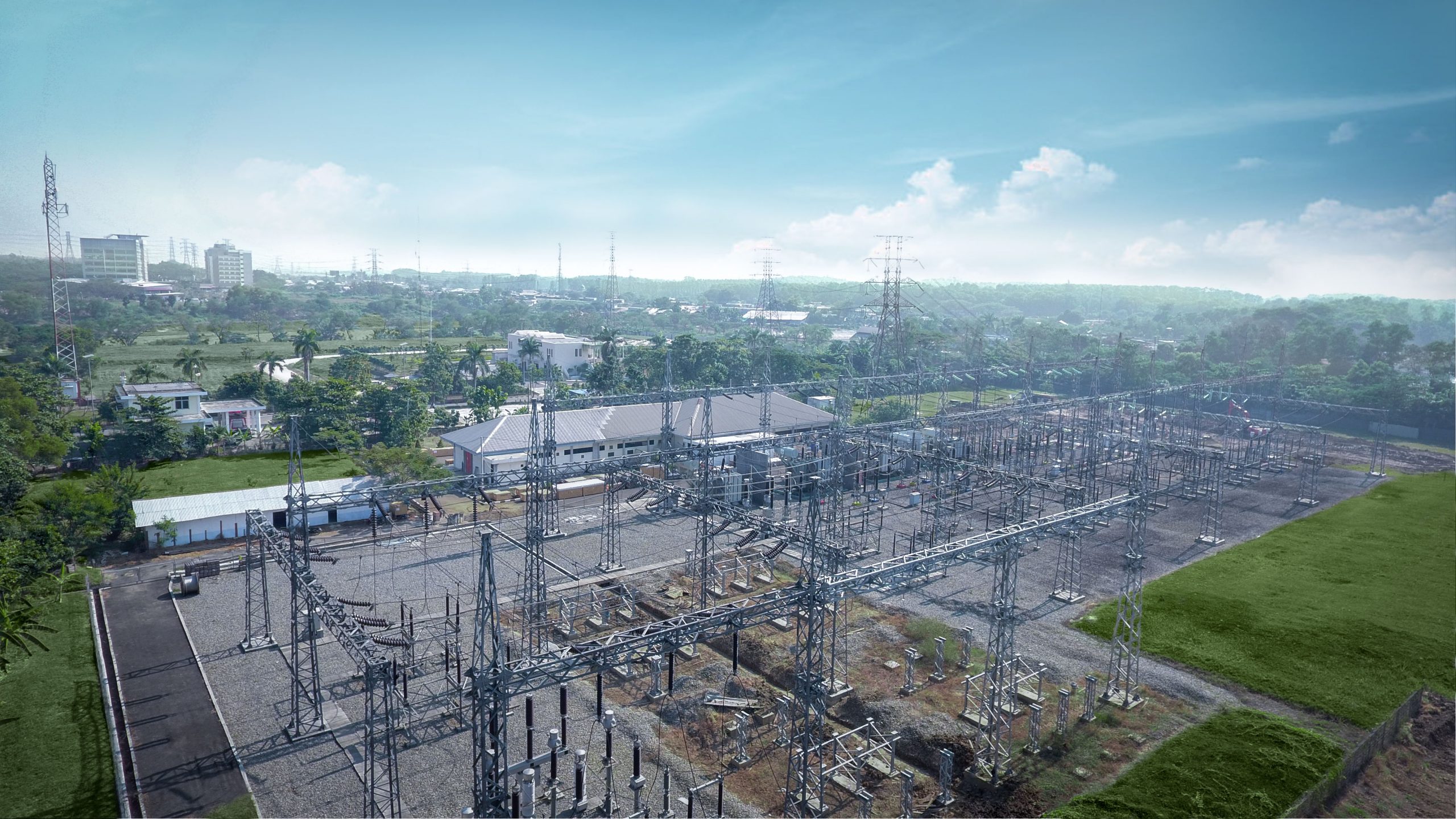Electricity plays an important part in every aspect of human life, from a daily task to something more complex in the industrial world. The increasing usage of electricity every year creates a demand for a better electricity system that can close the gap of insufficient distribution of resources. People need to find a solution for that issue and smart grid technology is one of them.

Understanding Smart Grid Technology
A smart grid is a complex electrical system that combines smart digital communication technology and an electrical system. The two-way flow of data and electricity allows the system to detect and react accordingly (self-healing properties).
The smart grid supports the integration of all types of power generation sources at any scale; and offers better, high-quality, safer, reliable, and sustainable electricity for regular and industrial customers.

Smart Grid VS Traditional Grid Electricity
Smart grid and traditional grid have different approaches to different aspects of electricity production, market, transmission, distribution, and consumer.
- Electricity production
The traditional grid produces electricity from several large size power plants, while the smart grid uses plenty of small plant producers. - Market
The traditional grid market is centralized, while the smart grid is decentralized without specific boundaries. - Transmission
The traditional grid uses large power lines and pipelines, while the smart grid mostly uses small-scale transmission. - Distribution
The traditional grid distributes the electricity from the top to the bottom, while the smart grid distributes it in both directions. - Consumer
In the traditional grid, the consumer is the passive party and is only responsible for paying the bill. On the other hand, the consumer in smart grid plays the active party where they also participate in the system.
Advantages of Smart Grid Technology
The technology offers plenty of advantages:
- Smart grid help to prevent blackout by rerouting electricity automatically to the area most needed, thus minimizing outages and their negative effect on the security, heating system, communication, and traffic.
- The automatic process and user controls in the smart grid system helps with the inefficiencies found in the traditional grid system. The system allows consumers, both individually and in the manufacturing industry, to monitor their use and cut down the unneeded electricity for a money-saving purpose.
- Smart grid system promotes the use of renewable energy sources, such as hydroelectric and solar – which helps to cut down energy consumption and reduce carbon emission.
- The integrated system management provides a better user interface, protective management, and improves the ability to meet customer demand.
- The system allows consumers to take parts in the whole system by providing the information, options on how to use the available supply, and how to optimize the operational system.
- Reduces operational and management cost.
- Provides better and more efficient electricity transmission.
- Allows the integration of large-scale renewable energy systems, while keeping them safe and secure.

Disadvantages of Smart Grid Technology
Despite the many advantages of this system, there are some drawbacks to be aware of;
- Smart grid overhead costs are super expensive and time-consuming. However, it grows a different kind of market, thus creating more job opportunities.
- Violation of privacy standards from the presence of continuous data usage. The data could be used by other parties and even lead to a security issue due to malware, bugs, and hacks.
Nevertheless, the advantages outweigh the disadvantages; thus making a switch to smart grid becomes a preferred choice within the manufacturing industry. Subang Smartpolitan industrial park, an industrial and township area in Indonesia, is set to host advanced manufacturing practices. This industrial area provides advanced infrastructure and utilizes renowned technology – including a smart grid system that monitors and optimizes energy consumption to minimize electricity cost for the benefit of the manufacturing industry in the area.

